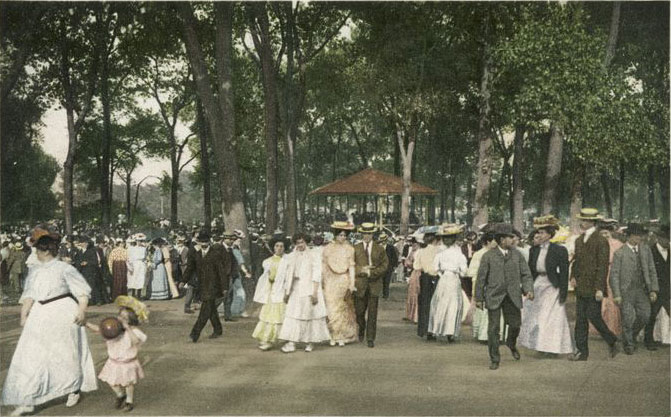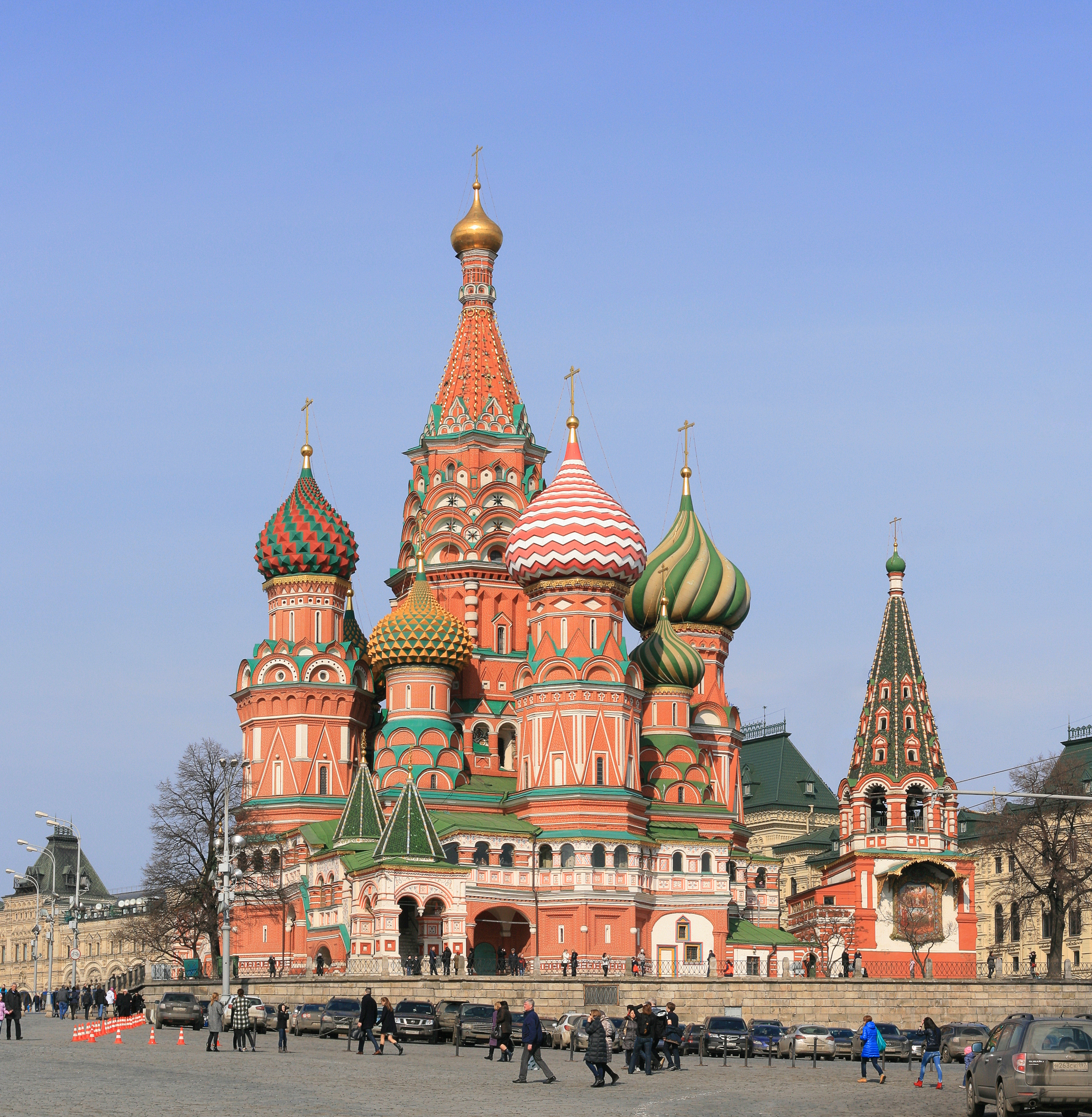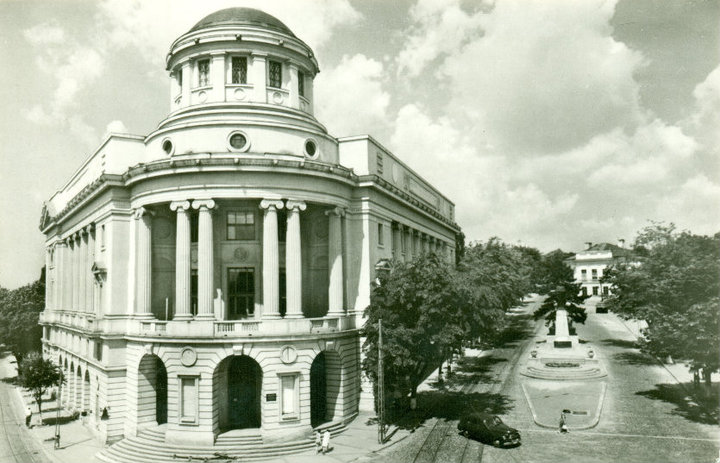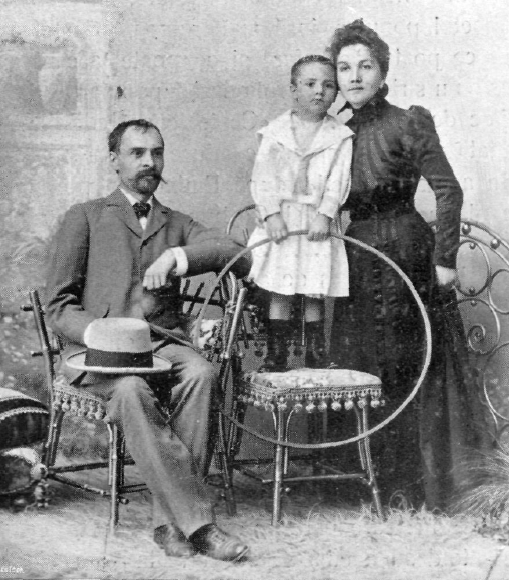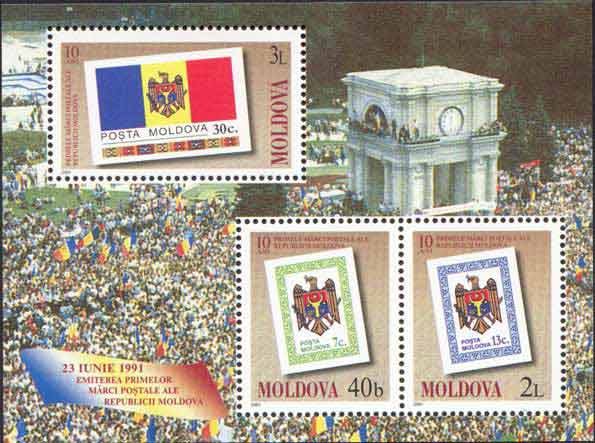|
»òtefan Cel Mare Central Park
The Stephen the Great Central Park () is the main park in Central Chișinău, Moldova. It is the oldest park in Moldova and spans about . It has gained the nickname "The Park of the Lovers" in Chișinău due to its popularity as a meeting spot for couples. The park contains 50 species of trees, some of which are quite old, the mulberries and acacias being between 130 and 180 years. The Alley of Classics is located in the park. History The park was originally laid out in 1818 by Russian military engineers during the reign of Alexander I. Under the direction of architect Bogdan Eitner, the present-day alleys were created, as well as hundreds of acacias, limes, and flower beds. The park was initially enclosed by a wicker fence to prevent cows, goats, and other animals from entering. In 1863, at the suggestion of Alexander Bernardazzi, the park was surrounded by a sturdier cast-iron fence that was manufactured in Odessa, consisting of 460 chains and weighing . A statue of Pushkin, w ... [...More Info...] [...Related Items...] OR: [Wikipedia] [Google] [Baidu] |
Urban Park
An urban park or metropolitan park, also known as a city park, municipal park (North America), public park, public open space, or municipal gardens (United Kingdom, UK), is a park or botanical garden in cities, densely populated suburbia and other municipal corporation, incorporated places that offers open space reserve, green space and places for recreation to residents and visitors. Urban parks are generally Landscape architecture, landscaped by design, instead of lands left in their natural state. The design, operation and maintenance, repair and operations, maintenance is usually done by government agencies, typically on the local government, local level, but may occasionally be contracted out to a park conservancy, "friends of" group, or private sector company. Depending on size, budget, and land features, which varies considerably among individual parks, common features include playgrounds, gardens, hiking, running, fitness trails or paths, bridle paths, sports fields and c ... [...More Info...] [...Related Items...] OR: [Wikipedia] [Google] [Baidu] |
Moscow
Moscow is the Capital city, capital and List of cities and towns in Russia by population, largest city of Russia, standing on the Moskva (river), Moskva River in Central Russia. It has a population estimated at over 13 million residents within the city limits, over 19.1 million residents in the urban area, and over 21.5 million residents in Moscow metropolitan area, its metropolitan area. The city covers an area of , while the urban area covers , and the metropolitan area covers over . Moscow is among the world's List of largest cities, largest cities, being the List of European cities by population within city limits, most populous city entirely in Europe, the largest List of urban areas in Europe, urban and List of metropolitan areas in Europe, metropolitan area in Europe, and the largest city by land area on the European continent. First documented in 1147, Moscow became the capital of the Grand Principality of Moscow, which led the unification of the Russian lan ... [...More Info...] [...Related Items...] OR: [Wikipedia] [Google] [Baidu] |
Vasile Alecsandri
Vasile Alecsandri (; 21 July 182122 August 1890) was a Romanian patriot, poet, dramatist, politician and diplomat. He was one of the key figures during the 1848 revolutions in Moldavia and Wallachia. He fought for the unification of the Romanian Principalities, writing " Hora Unirii" in 1856 and giving up his candidacy for the title of prince of Moldavia, in favor of Alexandru Ioan Cuza. He became the first minister of foreign affairs of Romania and was one of the founding members of the Romanian Academy. Alecsandri was a prolific writer, contributing to Romanian literature with poetry, prose, several plays, and collections of Romanian folklore, being considered, alongside Mihai Eminescu, which admired and was inspired by the writings of Alecsandri, as one of the most important Romanian writers in the second half of the 19th century. Early life Origins and childhood Alecsandri was born in the Moldavian town of Bacău and he was of Greek origin. His parents were Vasile Alecsan ... [...More Info...] [...Related Items...] OR: [Wikipedia] [Google] [Baidu] |
Tudor Arghezi
Ion Nae Theodorescu (21 May 1880 – 14 July 1967) was a Romanian writer who wrote under the pen name Tudor Arghezi (. He is best known for his unique contribution to poetry and children's literature. Biography Early life He graduated from Saint Sava High School in October 1896, started working to pay for his studies, and made his debut in 1896, publishing verses in Alexandru Macedonski's magazine ''Liga Ortodoxă'' under the name ''Ion Theo''. Soon after, Macedonski, the herald of Romanian Symbolism, publicized his praise for the young poet: "This young man, at an age when I was still prattling verses, with an audacity that knows no boundaries, but not yet crowned by the most glittering success, parts with the entire old versification technique, with all banalities in images in ideas that have for long been judged, here and elsewhere, as a summit of poetry and art." He began stating his admiration for Symbolism and other trends pertaining to it (such as the Vienna Secess ... [...More Info...] [...Related Items...] OR: [Wikipedia] [Google] [Baidu] |
Nicolae Milescu
Nikolai Spathari (; 1636–1708), also known as Nicolae Milescu and Nicolae Milescu Spătaru (, first name also ''Neculai'', signing in Latin as Nicolaus Spadarius Moldavo-Laco, ), or '' Spătarul Milescu-Cârnu'' (trans.: "Chancellor Milescu the Snub-nosed"), was a Moldavian-born writer, diplomat and traveler, who lived and worked in the Tsardom of Russia. He spoke nine languages: Romanian, Russian, Latin, both Attic and Modern Greek, French, German, Turkish and Swedish. One of his grandsons was the Spătar (Chancellor) Yuri Stefanovich, who came to Russia in 1711 with Dimitrie Cantemir.Olga Metchnikoff, ''Vie d'Elie Metchnikoff'', Hachette, Paris, 1920 Early life Spathari was born into a Greek family. His prosonym Moldavo-LaconeMoldavan-Laconian emphasizes his origins. The name ''Milescu'' was adopted by his parents when they settled in Milești. Prof. L. Turdeanu-Cartojan discovered at Oxford his autobiography, written in Greek (''Λαζάρου'', ''Lazarou''). A boyar ... [...More Info...] [...Related Items...] OR: [Wikipedia] [Google] [Baidu] |
Mihai Eminescu
Mihai Eminescu (; born Mihail Eminovici; 15 January 1850 – 15 June 1889) was a Romanians, Romanian Romanticism, Romantic poet, novelist, and journalist from Moldavia, generally regarded as the most famous and influential Romanian poet. Eminescu was an active member of the Junimea literary society and worked as an editor for the newspaper ''Timpul'' ("The Time"), the official newspaper of the Conservative Party (Romania, 1880–1918), Conservative Party (1880–1918). His poetry was first published when he was 16 and he went to Vienna, Austria to study when he was 19. The poet's manuscripts, containing 46 volumes and approximately 14,000 pages, were offered by Titu Maiorescu as a gift to the Romanian Academy during the meeting that was held on 25 January 1902. Notable works include ''Luceafărul (poem), Luceafărul'', ''Odă în metru antic'' (''Ode in Ancient Meter''), and the five ''Letters'' (''Epistles/Satires''). In his poems, he frequently used metaphysical, mythological ... [...More Info...] [...Related Items...] OR: [Wikipedia] [Google] [Baidu] |
George Co»ôbuc
George Coșbuc (; 20 September 1866 – 9 May 1918) was a Romanian poet, translator, teacher, and journalist, best remembered for his verses describing, praising and eulogizing rural life, its many travails but also its occasions for joy. In 1916 he was elected titular member of the Romanian Academy. Biography Early life Coșbuc was born in Hordou, a village in northeastern Transylvania. His father, Sebastian Coșbuc, a Greek Catholic priest looked up to by his parish, drew from a line reputed to have yielded fourteen consecutive generations of priests. George attended primary school and graduated to secondary classes in the neighboring village of Telcs (''now: Telciu''). He happily took to the scholarly bent encouraged by his father, earning the praise of instructors and being chosen among the few who were to sign up for advanced courses at ''Gimnaziul Superior Românesc Greco-Catolic'' (Romanian Lyceum), a higher learning academy in the town of Năsăud. He soon foun ... [...More Info...] [...Related Items...] OR: [Wikipedia] [Google] [Baidu] |
Alexandru H√¢jdeu
Alexandru Hâjdeu or Alexander Faddeevich Hizhdeu (; 30 November 1811 – 9 November 1872) was a Romanian writer who lived in Bessarabia, now Moldova. He was the father of Romanian writer and philologist Bogdan Petriceicu Hasdeu. Alexandru Hâjdeu was one of the founding members of the Romanian Academy. Education Alexandru Hâjdeu's father, Thaddeus, was a nobleman of Moldavian and Polish ancestry, while his mother, Valeria, was Jewish.https://web.archive.org/web/20090420193005/http://www.muzeulhasdeu.ro/index.php?meniu=11 He studied at the Theological Seminary in Chișinău, then at the Law School of the University of Kharkov. In 1830, the first philosophical writings of Alexandru Hajduu - About the Divine Poetry Quality and About the Purpose of Philosophy - are published in the Moscow magazine ''"Vestnik Evropa"''. In 1836, he married Elisaveta Dauksz. In the same year he became an ephor of the schools in Hotin County. In 1838 his son Bogdan Petriceicu Hasdeu was born. On Jun ... [...More Info...] [...Related Items...] OR: [Wikipedia] [Google] [Baidu] |
Avenue Of The Classics Of Moldovan Literature
Avenue or Avenues may refer to: Roads * Avenue (landscape), traditionally a straight path or road with a line of trees, in the shifted sense a tree line itself, or some of boulevards (also without trees) * Avenue Road, Bangalore * Avenue Road, London * Avenue Road, Toronto Music and entertainment * Avenue (band), X Factor UK contestants * Avenues (band), American pop punk band * "The Avenue", B-side of the 1984 Orchestral Manoeuvres in the Dark single " Locomotion" * "Avenue" (song), a 1992 single by British pop group Saint Etienne * Avenues Television, television channel in Nepal * ''Avenue'' (magazine), a former Dutch magazine Other uses * Avenue (archaeology), a specialist term in archaeology referring to lines of stones * Avenue (store), a clothing store * The Avenue, a Rugby Union stadium in Sunbury-on-Thames, England * L'Avenue, a skyscraper in Montreal, Quebec, Canada * Avenue, a GIS scripting language for ArcView 3.x * Avenues: The World School, school in New York Cit ... [...More Info...] [...Related Items...] OR: [Wikipedia] [Google] [Baidu] |
World War II
World War II or the Second World War (1 September 1939 – 2 September 1945) was a World war, global conflict between two coalitions: the Allies of World War II, Allies and the Axis powers. World War II by country, Nearly all of the world's countries participated, with many nations mobilising all resources in pursuit of total war. Tanks in World War II, Tanks and Air warfare of World War II, aircraft played major roles, enabling the strategic bombing of cities and delivery of the Atomic bombings of Hiroshima and Nagasaki, first and only nuclear weapons ever used in war. World War II is the List of wars by death toll, deadliest conflict in history, causing World War II casualties, the death of 70 to 85 million people, more than half of whom were civilians. Millions died in genocides, including the Holocaust, and by massacres, starvation, and disease. After the Allied victory, Allied-occupied Germany, Germany, Allied-occupied Austria, Austria, Occupation of Japan, Japan, a ... [...More Info...] [...Related Items...] OR: [Wikipedia] [Google] [Baidu] |
Soviet Union
The Union of Soviet Socialist Republics. (USSR), commonly known as the Soviet Union, was a List of former transcontinental countries#Since 1700, transcontinental country that spanned much of Eurasia from 1922 until Dissolution of the Soviet Union, it dissolved in 1991. During its existence, it was the list of countries and dependencies by area, largest country by area, extending across Time in Russia, eleven time zones and sharing Geography of the Soviet Union#Borders and neighbors, borders with twelve countries, and the List of countries and dependencies by population, third-most populous country. An overall successor to the Russian Empire, it was nominally organized as a federal union of Republics of the Soviet Union, national republics, the largest and most populous of which was the Russian SFSR. In practice, Government of the Soviet Union, its government and Economy of the Soviet Union, economy were Soviet-type economic planning, highly centralized. As a one-party state go ... [...More Info...] [...Related Items...] OR: [Wikipedia] [Google] [Baidu] |
Democratic Movement Of Moldova
The Popular Front of Moldova (PFM; , FPM) was a political movement in the Moldavian SSR, one of the 15 union republics of the former Soviet Union, and in the newly independent Moldova, Republic of Moldova. Formally, the Front existed from 1989 to 1992. It was the successor to the ''Democratic Movement of Moldova'' (''Mișcarea Democratică din Moldova''; 1988–89), and was succeeded by the ''Christian Democratic Popular Front'' (''Frontul Popular Creștin Democrat''; 1992–99) and ultimately by the Christian-Democratic People's Party (Moldova), Christian-Democratic People's Party (''Partidul Popular Creștin Democrat''; since 1999). The Popular Front was well organized nationally, with its strongest support in the capital and in areas of the country most heavily populated by Moldavians. Once the organization was in power, however, internal disputes led to a sharp fall in popular support, and it fragmented into several competing factions by early 1993. [...More Info...] [...Related Items...] OR: [Wikipedia] [Google] [Baidu] |
